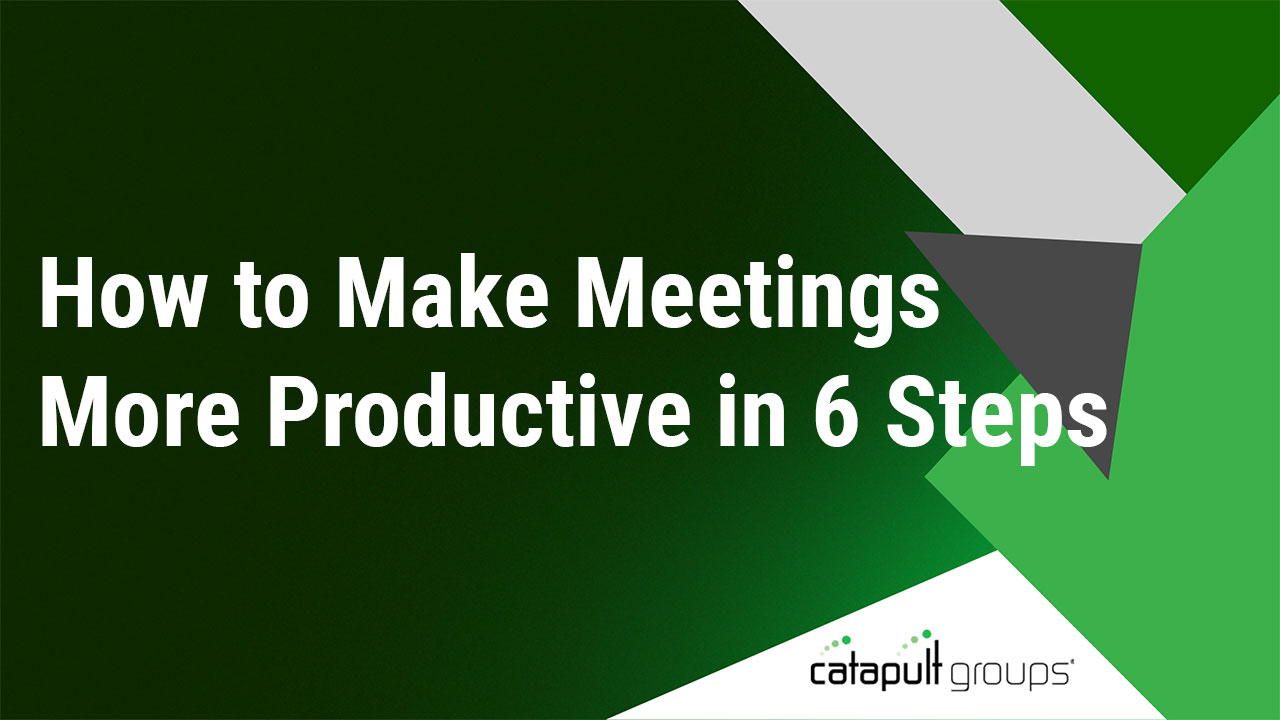The Secret to Success with Your Sales Pitch: Talk Less
For many years, salespeople had the market cornered on providing production information to their customers. When it came to ‘pitching’ their products and services, they had all the answers. They could dole out information at a pace of their choosing and as part of a pre-conceived sales strategy—all in order to “soften up” prospects to close the sale.
Selling to Today’s Much More Educated Buyer
In case you and your salespeople don’t yet know it, the days of controlling the flow of information to prospects and customers are gone.
Long before a salesperson from your company makes contact with a prospect, he or she has already gathered much of the general information needed to make a purchasing decision. Through the vast resources available to them online, buyers can do a lot of the legwork themselves, including:
- Research your product or service through a Google search
- Compare your features and benefits with those of your competitors
- Check out reviews of your business in a various of social media outlets
In other words, prospects may no longer be willing to sit through those high-end sales presentations your team has developed, with all of their PowerPoint bells and whistles. They simply don’t have the time or need to do this anymore.
The question is, can you and your team adapt to the new landscape and change your approach to sales?
Learn to ask the right questions
Until recently, it was understood that when buyers and sellers got together, the salesperson did most of the talking. This technique has become outdated for reasons stated above. Salespeople who ignore this change risk talking past the buyer, failing to understand what he really needs and neglecting to tailor his pitch to solve that prospect’s specific challenges.
It’s time to stop talking and start asking questions—good questions, questions designed to “diagnose” the buyer’s situation and move the discussion forward. Rather than making the sales team march through a spiel about your product’s many great features, direct salespeople toward focusing on the benefits your buyers actually need.
By asking the right questions, your salesperson actually demonstrates his or her expertise and interest in learning about unique issues the buyer faces. A prospect is far more inclined to work with a business that speaks to them individually, instead of bombarding them with a “one-size-fits-all” sales presentation.
So how do you go from a “product-dump” methodology to a comprehensive look at the customer’s needs?
Look for a good fit
Your salesperson can state up front that she’s not here to make a presentation—or even sell anything. The purpose of the initial meeting is simply to ask focused questions, in order to gain a thorough understanding of what the prospect needs to grow the business and how those needs might relate to your products or services.
In other words, let go of the overwhelming impulse to always be selling. Instead, make sure there’s a good fit between your company and the buyer. If such a fit doesn’t exist, it’s much better to learn this at the outset, rather than spin your wheels for months on end, providing one dysfunctional “solution” after another to an increasingly dissatisfied customer. What sense is there in pursuing a business relationship where no one ends up happy?
Yes, this is a far cry from the traditional selling approach. But learning what the customer needs before unleashing your sales pitch will yield greater benefits for everyone involved.
We invite you to join other entrepreneurs, CEOs, and senior-level executives in a confidential group setting where you’ll be challenged and rewarded like never before in your professional life. Learn more about becoming a Catapult Group member today.



